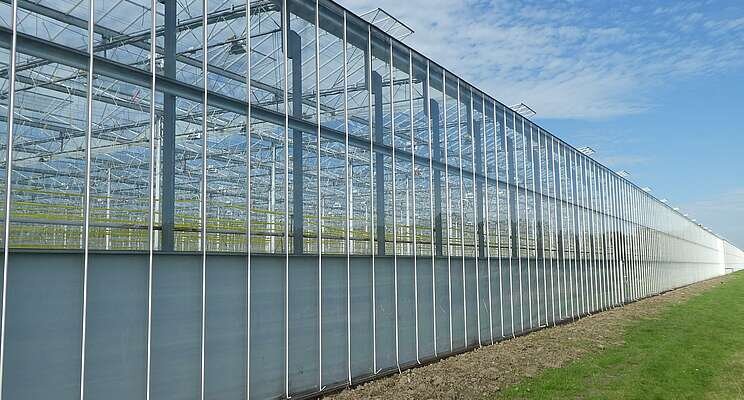Why quality and consistency are prerequisites to profitability
Added on 18 November 2021

"Overall, we predict strong growth for the greenhouse fresh-market vegetable industry in the next five years, powered by consumer demand and the advantages of controlled-growing methods versus field agriculture," says Caroline Nordahl, Chief Sales and Marketing Officer for Bluelab. "Consumers care about flavor, safety, and nutrition, and these are strengths of greenhouse operators thanks to tighter control not just over crops, but also supply chains, which are increasingly efficient and traceable."
Plenty of Room for Everyone
There is plenty of room to accommodate growth in the greenhouse vegetable sector to meet consumers' consumption, needs despite imports from Canada and Mexico and the vast amount of field acreage devoted to vegetables. And, when you look at consumers' desire to purchase fresh-produce closer to where they consume it, recent concerns with food safety issues in lettuce and tomatoes, and the general benefits of growing in a greenhouse from a natural resources and labor standpoint, the outlook for fresh-produce greenhouse growers is bright.
Two factors driving growth in this sector have to do with the need for the U.S. to end its reliance on one type of vegetable production. If there is one lesson people managing the food supply chain learned during the COVID-19 crisis, and more recently with California growers' struggles with water availability, it's that diversification is a good strategy.
"As they [field growers] have less water available to irrigate their fields and as the climate changes in such a way that they're not able to grow some of the same things they've been able to grow, we need somebody else to pick up that slack," says Tami Van Gaal, CEA Division Leader at Griffin Greenhouse Supplies. "The U.S. population isn't going to just stop eating lettuce and strawberries. So, when our food bowl areas can no longer produce, it needs to spread out a little bit. But also, from the perspective of people managing that food supply chain, it makes a lot of sense to spread the risk, so to speak, because we can't have everything dependent on what happens in the Central Valley in California."
While field-grown vegetables, many grown in California, still make up a major portion of the nation's food supply, food safety issues have plagued this side of the market. This is where greenhouses can shine, because if your food is spread out over several greenhouses instead of one big field, the batches coming out of those are going to be smaller.
"Even if you do have a problem and you're tracing back and you have a recall, it's a smaller amount of material that would have to get recalled," Van Gaal says. "It leads to less risk because we're spreading out the production site. But it also does raise the bar for the producers."
Click here to read more.
Image of Aleen lord over Pixabay
Source: Greenhouse Grower
More news















